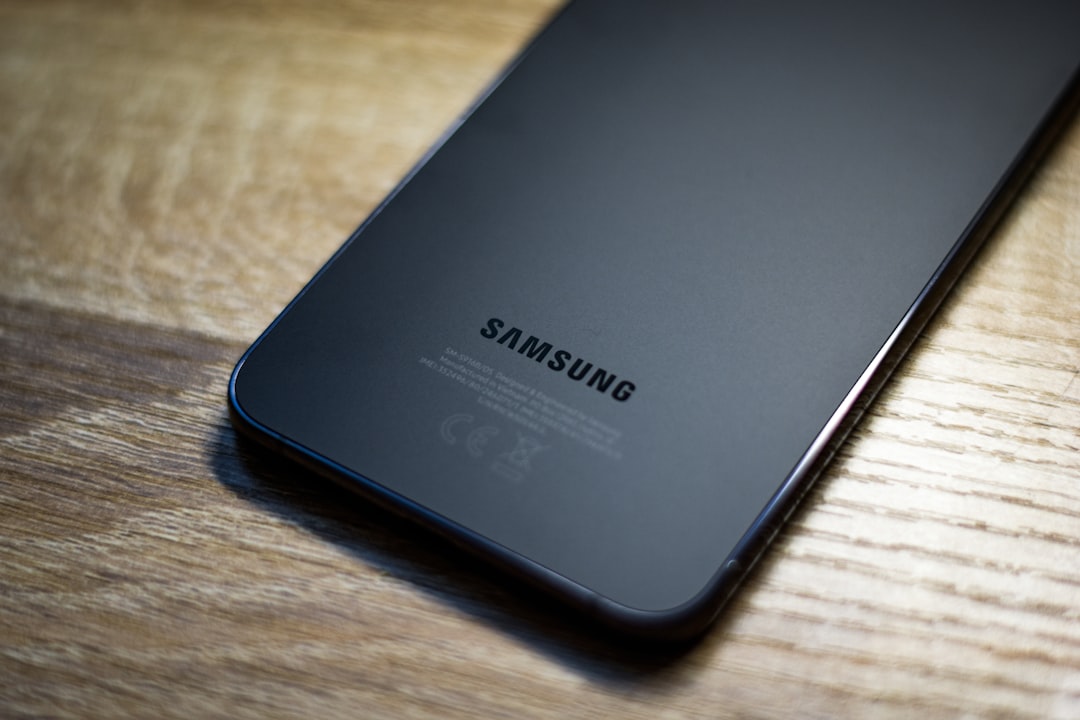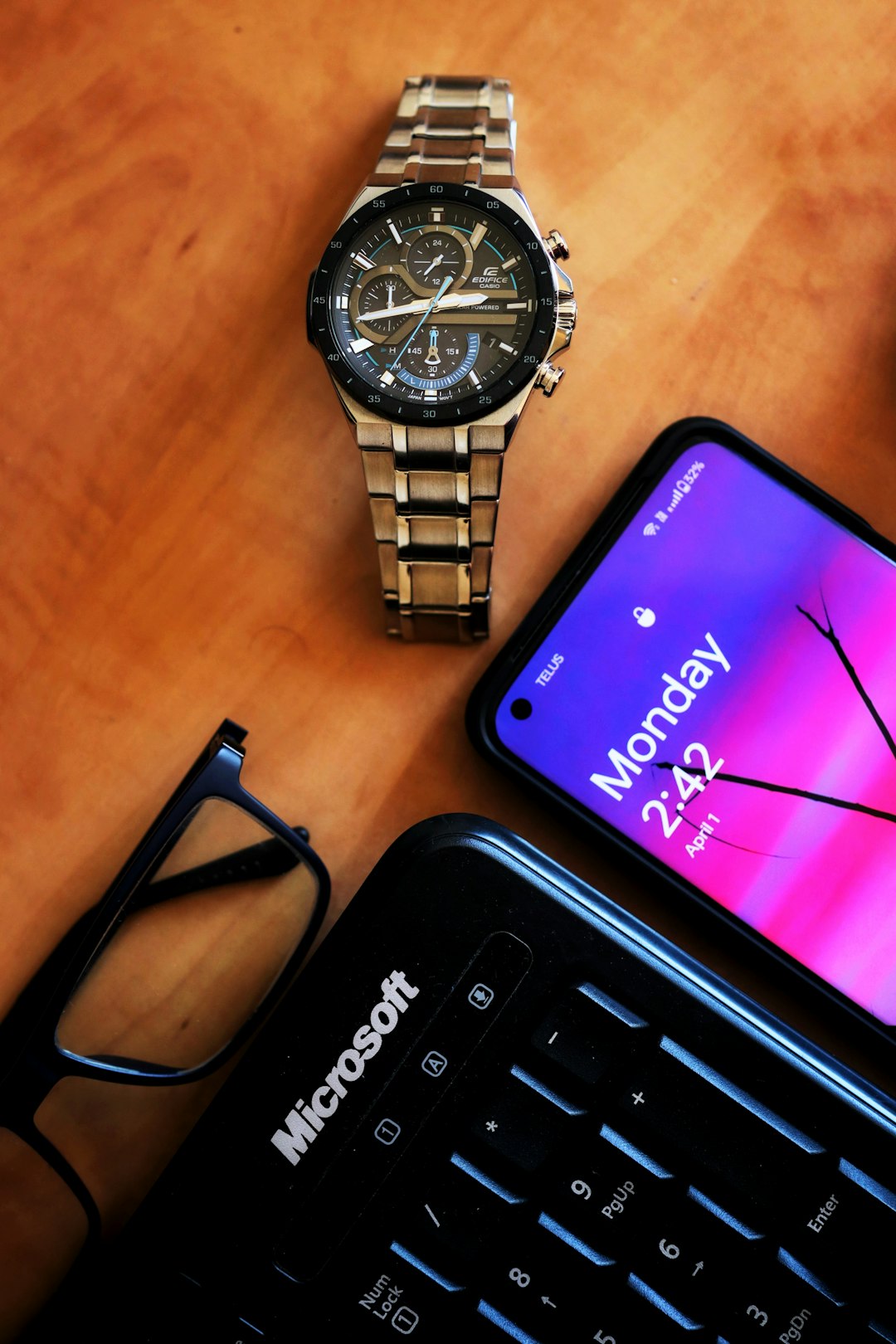Samsung vs Android: In-Depth Comparison to Help You Choose the Best Device
When choosing a new smartphone, you may find yourself asking questions like: “Should I go with Samsung, or should I explore other Android devices?” It’s a common dilemma. After all, Samsung is the market leader in Android smartphones, making devices across a wide range of price points and feature sets. But does that mean it’s always the right choice? This article aims to provide an in-depth comparison between Samsung phones and the broader ecosystem of Android devices to help you make a well-informed decision.
Understanding the Basics: What’s the Difference?
Before diving into specifics, it’s important to clarify a common misconception: Samsung is an Android phone manufacturer, not a separate platform. Android is the operating system developed by Google and used by a multitude of brands such as Google itself (Pixel), OnePlus, Xiaomi, Motorola, and of course, Samsung.
So when we compare Samsung vs Android, what we’re really doing is comparing Samsung’s Android devices to those made by other Android manufacturers. The differences largely come down to software customization, hardware design, performance, and extra features.
1. User Interface and Software Experience
One of the biggest differences you’ll notice between Samsung and other Android brands is the software interface.
- Samsung uses a custom skin called One UI on top of Android. It’s polished, feature-rich, and designed for one-handed use with large screens. Samsung also adds many proprietary apps and services.
- Stock Android (as seen on Google Pixel devices) offers a cleaner, minimalistic experience with smoother updates and less bloatware. It’s ideal for those who prefer a simple and fast user interface.
- Other Android Skins: Brands like OnePlus (with OxygenOS), Xiaomi (MIUI), and Oppo (ColorOS) each bring their own flair. These vary in terms of aesthetics, features, and resource management.
If you value customization and advanced multitasking features, Samsung’s One UI may be a better fit. But if you want a streamlined experience closer to Google’s vision, a Pixel or OnePlus might be better suited for you.
2. Hardware and Build Quality
Samsung is known for its premium build quality across all tiers of smartphones, especially in the Galaxy S and Z series. The company is often among the first to introduce new technologies, such as foldable displays and high refresh-rate screens.
- Samsung Devices often include:
- Dynamic AMOLED displays with vibrant colors
- Top-of-the-line processors (Exynos or Snapdragon)
- High megapixel cameras with advanced AI features
- Premium materials like glass and aluminum
- Other Android Devices vary greatly depending on the brand and price point:
- Pixel phones have excellent software optimization and cameras but focus less on flashy hardware
- OnePlus offers strong performance and elegant design at competitive prices
- Xiaomi and Realme often provide excellent specs at lower price points, but may cut corners on materials or camera quality

If build quality, innovation, and display technology are top priorities, Samsung leads the pack. However, if you’re on a budget or want specific performance features, other Android brands offer excellent alternatives.
3. Camera Capabilities
Cameras are a crucial consideration for most buyers. Samsung devices, especially flagship models like the S23 Ultra or the Z Fold series, boast advanced camera systems with features like periscope zoom, night mode, and 8K video recording. AI enhancements further elevate image quality.
Google Pixel phones, though, are known for their computational photography skills. Even with less impressive hardware specs, Google’s software algorithms create stunning, true-to-life images, especially in low light.
- Pros of Samsung Cameras:
- Wide range of shooting options and filters
- High-quality ultra-wide and telephoto lenses
- Manual controls and Pro Mode capabilities
- Pros of Other Brand Cameras:
- Pixel: Unmatched color accuracy and night photography
- OnePlus: Improved camera tuning and Hasselblad collaboration
- Xiaomi: High-megapixel sensors and Leica partnerships
If you rely heavily on photography and videography, Samsung or Google Pixel phones will serve you best, depending on whether you prefer versatility or realism.
4. Software Updates and Support
Another differentiator is how frequently and reliably devices receive software updates. Samsung has made huge strides recently in offering long-term support for its devices, now promising up to four years of Android updates and five years of security patches for many models.
Google’s Pixel phones are still the gold standard here, thanks to access to day-one Android updates and beta programs. Other OEMs lag behind, with some taking months to roll out major updates.
Update Hierarchy:
- Pixel Devices – Immediate updates, monthly security patches
- Samsung – Regular updates and long-term policy support
- Other Android Brands – Irregular schedules, shorter support windows
If ongoing support matters to you, Google and Samsung are your best bets.
5. Ecosystem and Additional Features
Samsung has built a tightly integrated ecosystem similar to Apple’s, with products like Galaxy Buds, Galaxy Watch, SmartThings, and DeX mode for desktop computing. This makes it convenient for users who want seamless interaction between devices.

Other Android brands offer ecosystems as well, but they tend to be less cohesive or limited to certain regions. For example, Xiaomi’s ecosystem of smart home products is vast but may require importing or region configuration.
- Samsung’s Ecosystem Benefits: Wireless device syncing, shared features with Windows PCs, Samsung Pay, and more
- Google Ecosystem: Strong integration with Google services like Assistant, Drive, and Photos
- Others: Vary by manufacturer and device compatibility
Go with Samsung if you’re looking for a feature-rich ecosystem and device interconnectivity. However, if you’re already immersed in Google’s cloud services, a Pixel might be better aligned with your needs.
6. Battery Life and Charging
Battery performance is another area where experience can vary based on the brand. Samsung devices generally offer good battery life and support for fast charging, wireless charging, and even reverse wireless charging on premium models.
Some other Android brands, like OnePlus and Xiaomi, have pushed the envelope by offering ultra-fast wired charging (100W or more), though their battery optimization may not be as refined.
- Samsung: Balanced longevity, wireless/fast charging
- Other Brands: High-speed charging, but optimization varies
7. Price and Value for Money
Samsung offers phones from entry-level (Galaxy A series) to ultra-premium (Galaxy S Ultra and Z Fold), covering all budgets. However, compared to brands like Xiaomi or Realme, you may pay a premium for the Samsung logo and bundled features.
Phones from brands like OnePlus, Poco, and iQOO often deliver exceptional performance for a fraction of the price. That said, they may involve compromises in support or software polish.
If value-for-money is your top priority, non-Samsung Android devices may offer better bang for your buck.
Final Verdict: Which One Is Right for You?
The best choice depends on your personal preferences and priorities. Here’s a quick summary to guide your decision:
- Choose Samsung if you want:
- Top-tier display and hardware
- A wide ecosystem of connected devices
- Premium camera features
- Long-term software support
- Choose Other Android Devices if you want:
- Stock Android experience (Pixel)
- Fast

Comments are closed.